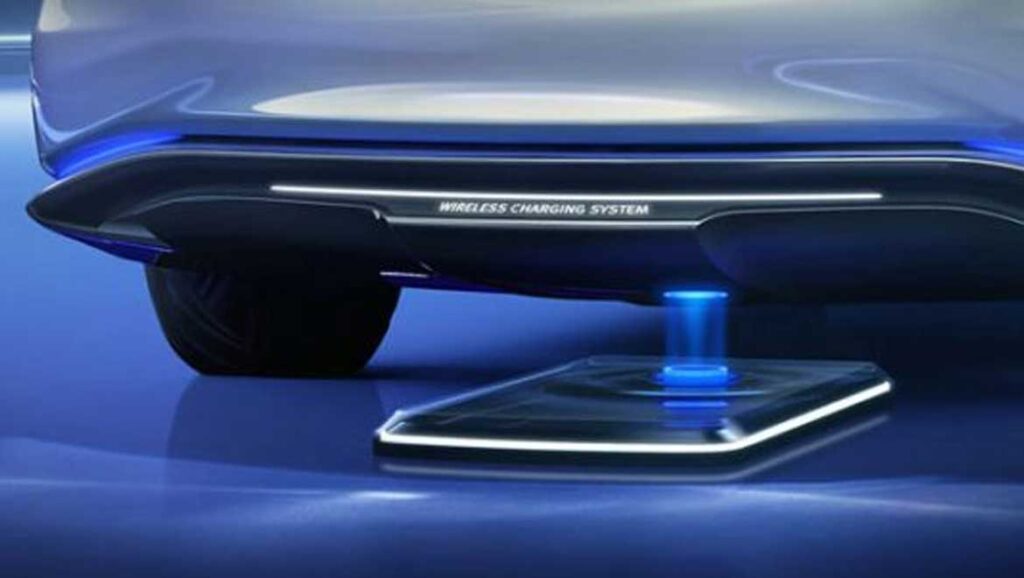Dash cams are built to provide footage during critical moments, like accidents or sudden stops. However, regular upkeep is essential to ensure they consistently deliver precise and reliable recordings. Even the best dash cam can fail to capture the details you need without proper maintenance. To help you get the most out of your dash cam, here are five simple tips to keep it running smoothly and ensure long-lasting performance.
1. Clean the Camera Lens Regularly
A dirty lens can make your dash cam useless when capturing crucial details. Dust, fingerprints, and other particles can accumulate over time, especially if you frequently drive through dusty or rainy areas. This can blur the footage, rendering it less effective.
To keep your dash cam recording crisp and clear footage, clean the lens regularly:
- Use a microfiber cloth or lens cleaner to wipe away any smudges gently.
- Avoid using harsh chemicals, as they can damage the lens coating.
- For added protection, consider investing in a lens cover for your dash cam when it’s not in use.
Make it a habit to check the lens before long trips or after driving in harsh weather conditions. This simple step will help ensure your dash cam always captures high-quality footage when needed.

2. Ensure Proper Storage and Formatting of SD Cards
The SD card is the heart of your dash cam’s memory system. It holds all the footage, so you risk losing valuable video if it fails. SD cards can wear out over time, especially with continuous use. To avoid this, follow these maintenance tips for your dash cam’s SD card:
- Regularly format the SD card: Reformat the SD card in your dash cam once every two weeks or at least once a month. This clears out old files and helps prevent corruption.
- Check for errors: Many dash cams have built-in systems to alert you if the SD card is faulty or near capacity. Pay attention to these warnings.
- Use high-quality SD cards: Stick to SD cards designed for dash cams or video recording, as they are more reliable under continuous writing.
Properly maintaining your SD card ensures that your dash cam can store and retrieve video efficiently.
3. Keep Firmware Updated
Dash cam manufacturers often release firmware updates to improve performance, add new features, or fix bugs. Keeping your dash cam’s firmware updated ensures you get the most out of your device and remain compatible with new technologies.
Here’s how you can stay on top of firmware updates:
- Check the manufacturer’s website or app: Most dash cams have associated apps or websites for posting firmware updates.
- Update regularly: Set a reminder to check for updates every few months, especially after a major software release.
- Follow the instructions carefully: Updating firmware incorrectly can cause your dash cam to malfunction. Be sure to follow the manufacturer’s instructions step by step.
Keeping your dash cam up to date guarantees optimal performance and adds longevity to your device.
4. Monitor the Dash Cam’s Mounting and Positioning
Even the best dash cam will be of little use if it’s not positioned correctly. A poorly mounted dash cam might shift over time, resulting in footage of your dashboard instead of the road. Regularly check the mounting to ensure your dash cam captures what you need.
Here’s what you should do:
- Check the suction or adhesive mount: Over time, the adhesive or suction may weaken, especially during extreme weather conditions. Replace or readjust the mount if necessary.
- Ensure the camera is positioned correctly: The camera should be angled to cover the entire windshield, focusing on the road ahead and a bit of the sky for context.
- Reposition after any adjustments: If you’ve recently adjusted your rearview mirror or windshield, check to ensure the dash cam’s view hasn’t been compromised.
A well-positioned dash cam will capture everything clearly and provide the footage you need if an accident occurs.
5. Protect Your Dash Cam from Extreme Temperatures
Dash cams are often exposed to extreme temperatures, especially when left in a parked car under the hot sun or freezing conditions. Extreme heat can damage the dash cam’s internal components, while freezing temperatures may affect battery life.
Here’s how you can protect your dash cam:
- Park in shaded areas: To prevent overheating, park your car in the shade or in a garage whenever possible.
- Remove the dash cam when parked for extended periods: If you’re not driving for a while, consider removing the dash cam to avoid prolonged exposure to heat or cold.
- Invest in a dash cam with a capacitor: Capacitor-based dash cams are better suited to withstand extreme temperatures than traditional batteries.
Taking precautions against temperature extremes will help extend the lifespan of your dash cam and ensure it’s ready to capture footage whenever you’re on the road.
Why Choose Circuit-i for Your Dash Cam Needs?
When choosing a dash cam, prioritise features like high-quality video and sound recording to capture crucial details. Dual-channel options offer front and rear views, while night vision ensures clear footage in low-light conditions. A wide-angle lens helps cover more of the road, reducing blind spots. Reliable storage and easy data transfer are essential, along with a stable power interface and battery backup for continuous performance. Circuit-i focuses on these critical features, offering user-friendly, durable dash cams that provide reliable, long-lasting protection for every driver, making them a wise investment for your car’s safety.
Final Thoughts
Keeping your dash cam in good shape is easy with a few regular steps: Clean the lens, format the SD card, update the firmware, and shield it from extreme temperatures. These small efforts ensure your dash cam stays reliable, always ready to capture clear footage when it matters most, so you can drive confidently.
At Circuit-i, we believe in offering products that provide functionality and value for your money. Our dash cams are designed to perform and last, making them the perfect choice for drivers prioritising safety and performance.









